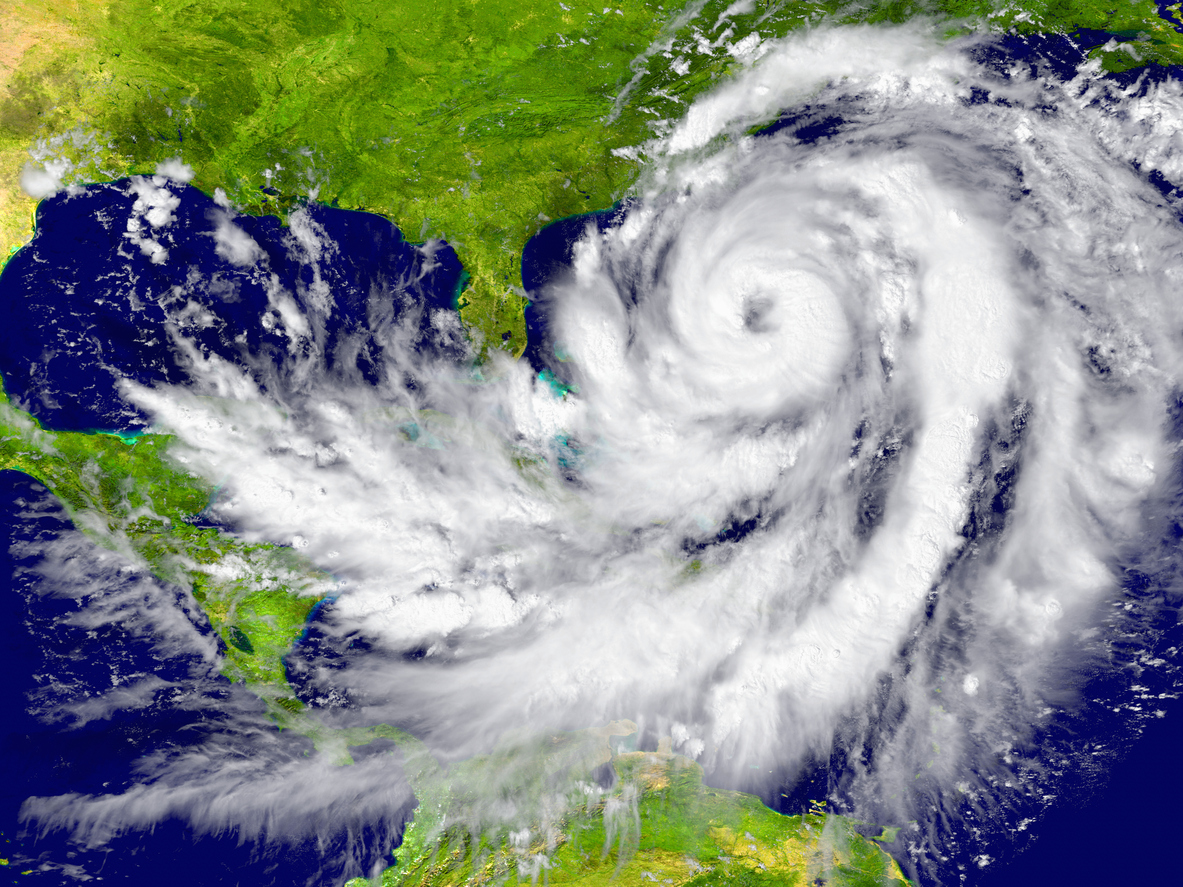Despite warnings of a potential surge in Atlantic storms this summer, insurance for catastrophes is once again attracting capital. Investors do have some reasons to be confident, but they shouldn’t be overconfident.
The National Oceanic and Atmospheric Administration recently forecast its highest-ever number of storms for its May outlook of the Atlantic season. The most likely range includes four to seven major hurricanes. Other researchers have also predicted a “hyper-active” storm season.
This is the kind of season that the insurance market has become much better prepared for in the past couple of years. With high interest rates giving investors better risk-adjusted places to put their money as the backdrop, and after several big loss years, a tighter supply of capital helped reinsurers—the companies that backstop other insurers—get higher rates and stricter coverage terms.
This has been a driver of higher rates or less coverage for customers of primary insurers that use reinsurance, such as homeowners in California or Florida.
The flip side was improved returns for reinsurance companies, and record returns on catastrophe bonds, which pay high yields but are at risk of losses when agreed-upon disasters strike. Fitch Ratings said in a recent note that “the market is better able to withstand extreme loss events.”
“There’s been a material repricing of catastrophe risk since the first quarter of 2022, and this is still in place. We’re in a much better place overall,” says Jean-Louis Monnier, chief executive of Swiss Re Capital Markets.
Of course, insurance is a market like anything else, and investors in that market move in when they see what looks like an attractive risk-adjusted return. Those higher prices and returns are now drawing in more capital. For one, catastrophe bonds have seen record issuance so far this year, at $11.4 billion, according to Swiss Re Capital Markets.
During the recent policy renewals for Florida reinsurance, there also was also an influx of money, according to Howden Re, the global reinsurance and capital markets arm of Howden Group. A Howden Re report last week described “a resurgence in dedicated sector capital,” pushing the industry back past 2021 capital levels. Average risk-adjusted pricing rates for property-catastrophe reinsurance were 5% lower, the report said.
If the storm season ends up causing big insurance losses at the same time pricing is softening then that could depress returns across the catastrophe-risk market. Just as money has come in, the result could be that it chases away capital and capacity, leading to less coverage. It is all a recipe for more volatility and unpredictability, both for insurance-company stocks and in the pricing of insurance for customers who need to protect their homes, cars and companies.
“The reinsurance market is at a critical juncture,” said David Flandro, Howden Re’s head of industry and strategic advisory, in Howden Re’s report. “While the recovery of dedicated capital and increased capacity signal a potential softening of rates, the forecasted active hurricane season and other market pressures could counteract these trends.”
With a period of strong pricing behind it, the market might be able to absorb more capital supply without risk getting dramatically cheaper, or investors and reinsurers being significantly more exposed to losses. A big factor is that there is also more demand. Inflation alone means the dollar values that need to be covered are higher.
There might also be somewhat better pricing, terms or capital supply for very remote risks, but not for the less-remote risks that are the ones that have really been hurting insurers recently. The bulk of recent catastrophe-bond issuance is centered on once-in-50-year events, according to Bill Dubinsky, chief executive of Gallagher Securities, the capital markets unit of Arthur J. Gallagher’s reinsurance division.
Thankfully, an active storm-formation season doesn’t necessarily mean a big storm actually hits a densely populated area. “It’s not the number of storms, per se, it’s the location of where the storm makes landfall that really matters,” explained Fitch senior director Gerry Glombicki.
Giving nature more chances to cause havoc isn’t a comforting thought.













